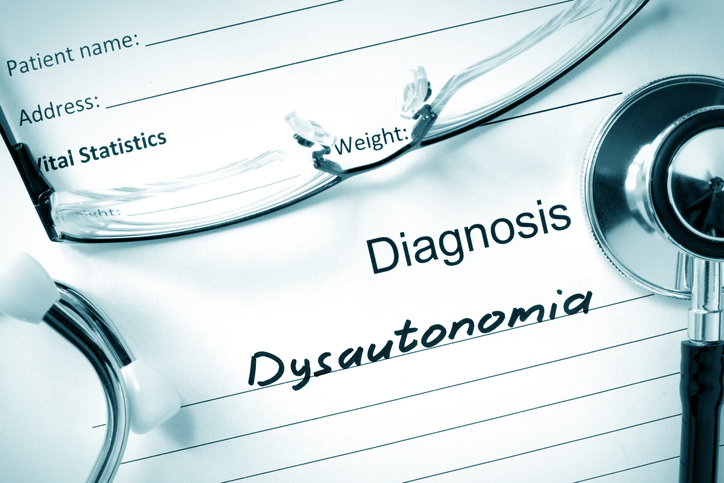Pain
Progression and Potential Complications of Dysautonomia

What is dysautonomia?
Dysautonomia — also known as autonomic dysfunction or autonomic neuropathy — refers to a group of conditions that involve dysfunction of the autonomic nervous system (ANS). It occurs when communication with the nerves in the autonomic nervous system is disrupted or impaired.
The autonomic nervous system controls involuntary functions such as heart rate, breathing, digestion, sweating, and blood pressure. When the ANS doesn’t operate properly, a host of health issues can occur, including rapid/slow pulse, high/low blood pressure, digestive problems, difficulty regulating body temperature, and loss of bladder control.
Progression of dysautonomia
The progression of dysautonomia is unpredictable. Some individuals with dysautonomia have disease that is always present. Others have symptoms that relapse and remit with flares or remission periods that last for days, weeks, months, or even years.
There are various causes and types of dysautonomia, and severity of the condition ranges from mild symptoms to severe, disabling disease. For example, in some cases, once dysautonomia symptoms emerge, the condition remains relatively stable, whereas in others, symptoms progressively worsen.
Potential complications of dysautonomia
Depending on the cause and symptoms of dysautonomia, potential complications include the following:
- Cardiovascular complications
Sustained and poorly controlled high blood pressure can result from baroreflex failure, orthostatic hypertension, and other types of dysautonomia. High blood pressure increases the risk of heart disease, heart attack, stroke, kidney disease, and vision loss. - Cognitive impairment
In some cases, executive function issues (difficulty thinking, poor concentration, problems with processing information, poor memory, brain fog, etc.) may occur. - Dehydration and malnutrition
Digestion issues may cause dehydration or malnutrition. In severe cases, a feeding tube or intravenous fluids may be necessary. - Falls
Falls may occur from low blood pressure or rapid increase of heart rate associated with orthostatic intolerance. Falling can cause injuries, such as head trauma, bruises or fractures. - Depression and anxiety
Dealing with the symptoms of dysautonomia may lead to depression. Anxiety may develop from distressing symptoms such as high heart rate, lack of bladder control, or other upsetting symptoms. - Reduced quality of life
Symptoms of dysautonomia may interfere with the ability to work, socialize, and manage daily responsibilities. - Death
Although rare, dysautonomia can be fatal. Prognosis is poor for individuals with progressive dysautonomia with central nervous system degeneration. Death may occur from sudden cardiac arrest, acute respiratory failure, or pneumonia.















